A joint Harvard-NASA study.
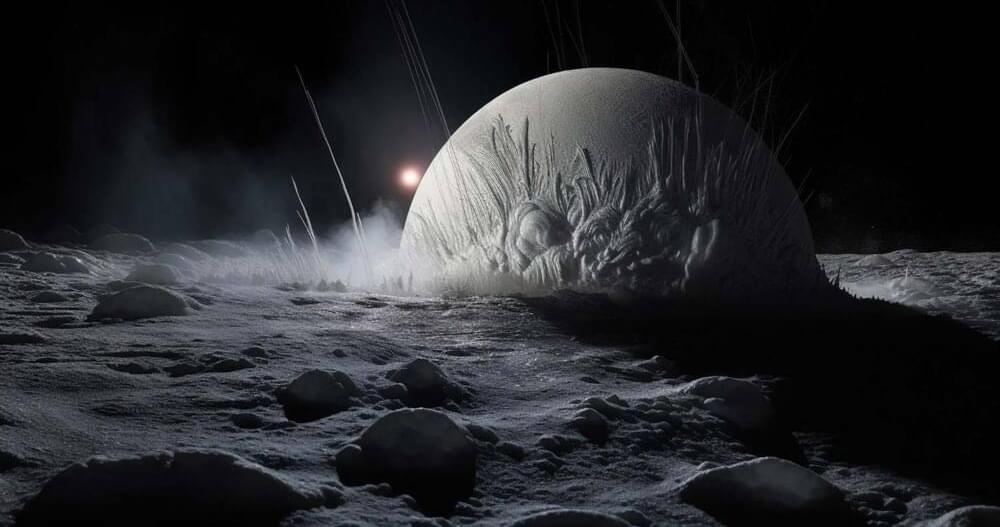

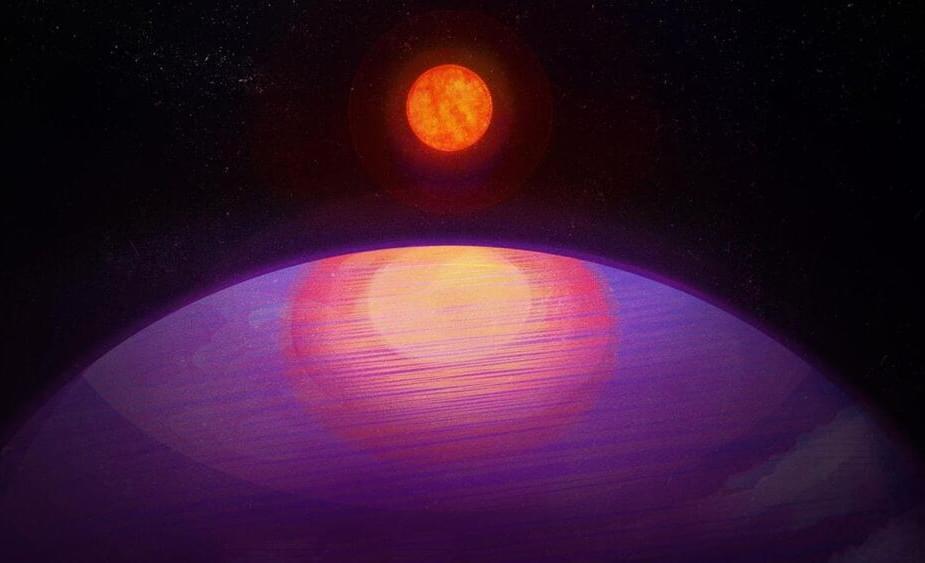
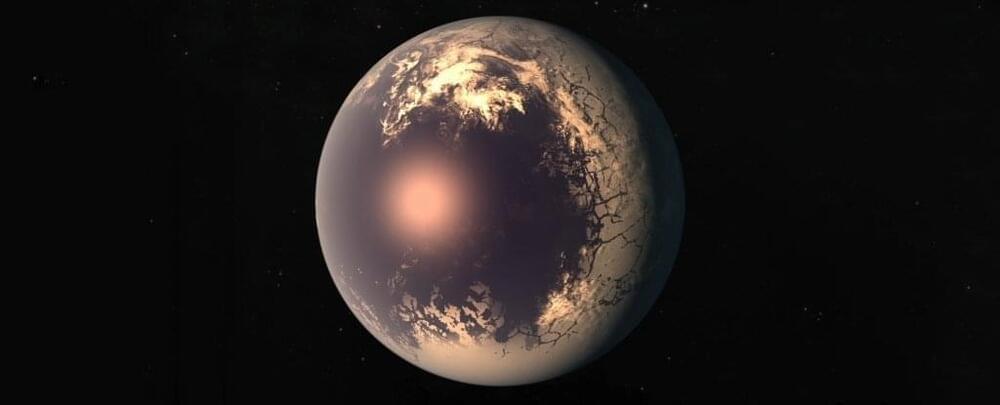
You’ve heard of hot Jupiters. You’ve heard of mini-Neptunes. You’ve heard of super-Earths. But have you heard of Eyeball Planets? Yep — planetary scientists think there might be a type of exoplanet out there that looks disturbingly like a giant eyeball. Just sitting there. Staring.
But it’s actually not as weird as it sounds — the appearance of these bodies has to do with tidal locking.
Tidal locking is when an orbiting body rotates at the same rate that it orbits. That means it always has one side facing the body it is orbiting, and the other side always facing away. The Moon, for instance, is tidally locked to Earth, that’s why we never see its far side from here.
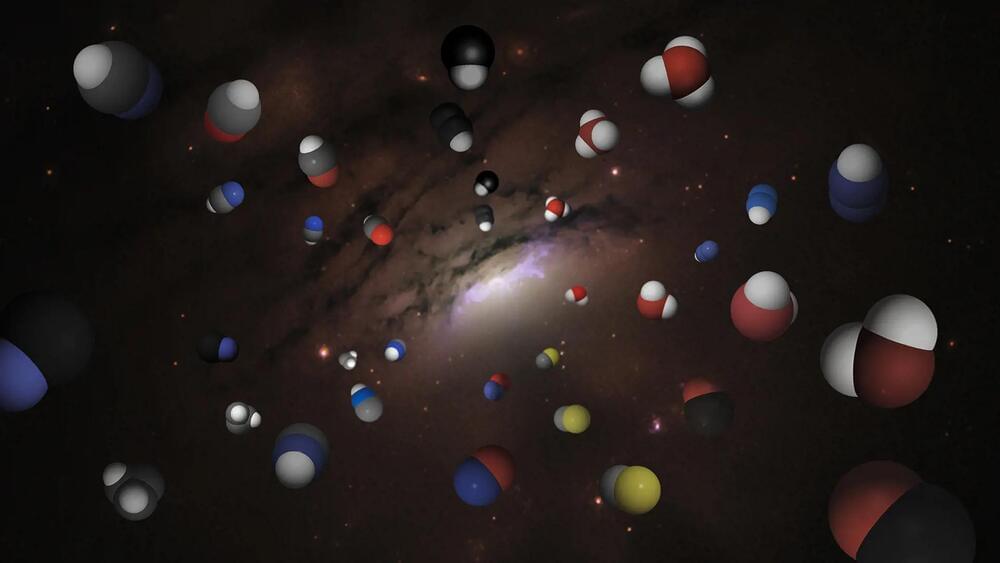
Two galaxies in the early universe, which contain extremely productive star factories, have been studied by a team of scientists led by Chalmers University of Technology in Sweden. Using powerful telescopes to split the galaxies’ light into individual colours, the scientists were amazed to discover light from many different molecules – more than ever before at such distances. Studies like this could revolutionise our understanding of the lives of the most active galaxies when the universe was young, the researchers believe.
When the universe was young, galaxies were very different from today’s stately spirals, which are full of gently-shining suns and colourful gas clouds. New stars were being born, at rates hundreds of times faster than in today’s universe. Most of this however, was hidden behind thick layers of dust, making it a challenge for scientists to discover these star factories’ secrets – until now. By studying the most distant galaxies visible with powerful telescopes, astronomers can get glimpses of how these factories managed to create so many stars.
In a new study, published in the journal Astronomy & Astrophysics, a team of scientists led by Chalmers astronomer Chentao Yang, used the telescopes of NOEMA (NOrthern Extended Millimetre Array) in France to find out more about how these early star factories managed to create so many stars. Yang and his colleagues measured light from two luminous galaxies in the early universe – one of them classified as a quasar, and both with high rates of star formation.
Gravity is the reason things with mass or energy are attracted to each other. It is why apples fall toward the ground and planets orbit stars.
Magnets attract some types of metals, but they can also push other magnets away. So how come you feel only the pull of gravity?
In 1915, Albert Einstein figured out the answer when he published his theory of general relativity. The reason gravity pulls you toward the ground is that all objects with mass, like our Earth, actually bend and curve the fabric of the universe, called spacetime. That curvature is what you feel as gravity.
Immigration to and living on Mars have often been themes in science fiction. Before these dreams can become reality, humanity faces significant challenges, such as the scarcity of vital resources like oxygen needed for long-term survival on the Red Planet. Yet, recent discoveries of water activity on Mars have sparked new hope for overcoming these obstacles.
Scientists are now exploring the possibility of decomposing water to produce oxygen through electrochemical water oxidation driven by solar power with the help of oxygen evolution reaction (OER) catalysts. The challenge is to find a way to synthesize these catalysts in situ using materials on Mars, instead of transporting them from the Earth, which is of high cost.

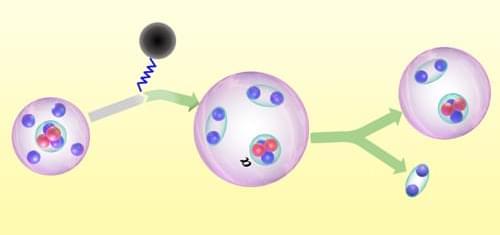
In its ground state, the helium-8 (8He) nucleus consists of an alpha particle (4He nucleus) and four neutrons. If, before its few-hundred-milliseconds life ends, an 8 He nucleus is nudged into its first 0+ excited state, the four neutrons form two pairs known as dineutron clusters. According to theory, the alpha particle and the two neutron clusters settle into a three-member nuclear analog of a Bose-Einstein condensate. That outcome has now been observed for the first time by Zaihong Yang of Peking University and his colleagues at the RIKEN Nishina Center in Japan [1].
The experiment entailed firing a high-intensity beam of 8 He nuclei at polyethylene and carbon targets. Some collisions excited the nuclei into the sought-after condensate state, which promptly broke up into a helium-6 (6He) nucleus and a single neutron pair. The 6 He nuclei made their way through dipole magnets to drift detectors and plastic scintillators for characterization. The neutrons struck a plastic scintillator whose layered construction made it possible to identify which neutrons were correlated—that is, members of a dineutron cluster—and which were not. The correlated neutron pairs and the scattering count rate’s dependence on energy, angle, and type of target were all consistent with theoretical predictions of the nature of the correlated 8 He excited state.
The 8 He condensate resembles the so-called Hoyle state of carbon-12, which consists of three alpha particles in the condensed state. Astronomer Fred Hoyle predicted the state in 1954 to account for the synthesis of carbon in helium-burning stars. Yang points out that nuclear condensates could also have implications for understanding the structures of exotic nuclei and neutron stars.

An organizer of an upcoming software and developer conference called DevTernity has been accused of cooking up fake women speakers featured on the event’s website — AI-generated headshots and all.
It looks a lot like a horrifically misfired attempt to pad out the apparent diversity in a heavily male-dominated space, a hypothesis the event’s organizer Eduards Sizovs has since forcefully denied.
The bizarre development triggered a resounding outcry, leading to high-profile engineering leaders from the likes of Microsoft and Google to bow out of the conference.
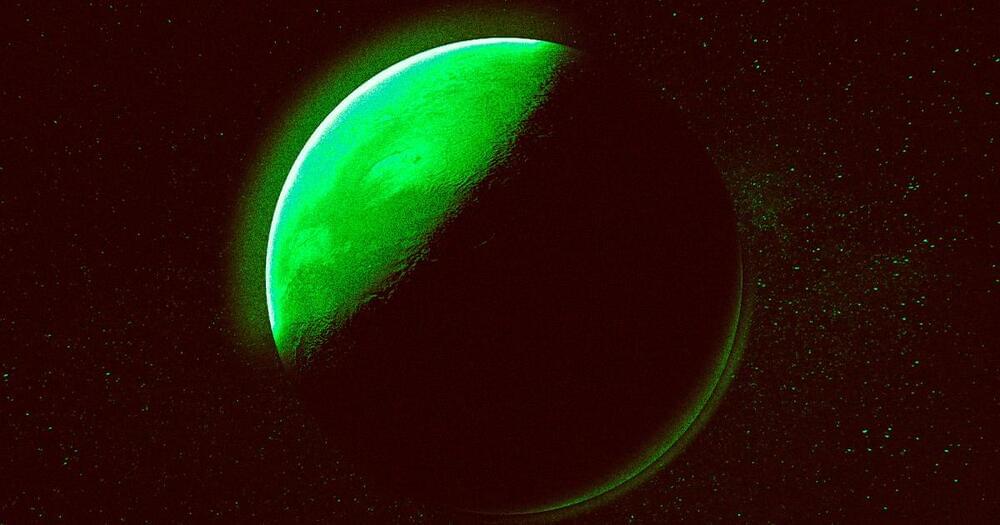
Scientists have discovered an impossibly large planet — so big, they say, that it should be too big to exist.
And yet. In a new study published in the journal Science, researchers out of Pennsylvania State described their whopper discovery: a Neptune-sized planet that’s 13 times the mass of Earth, which is orbiting a tiny ultracool star that’s nine times less massive than our Sun.
As a press release about the new research explains, this finding is exceptional because the mass ratio between the planet and the dwarf star, dubbed LHS 3,154, is 100 times greater than the same ratio Earth has with its Sun — which scientists didn’t think was possible until they saw it with their own eyes.